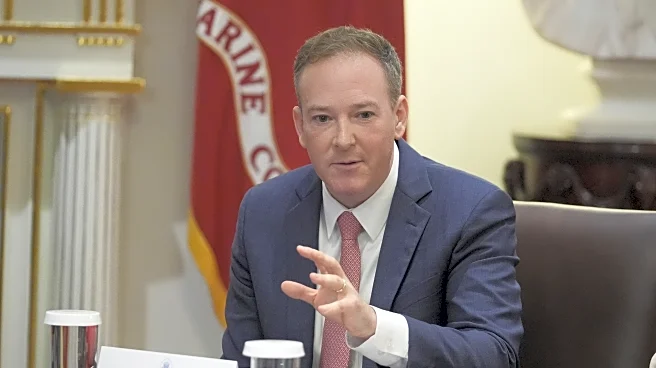What's Happening?
The Trump administration is moving to rescind the 2001 Roadless Rule, which protects nearly 60 million acres of national forest lands from road construction. The U.S. Department of Agriculture is expected to initiate this process, arguing that it will aid firefighters in wildfire suppression and forest management. U.S. Forest Service Chief Tom Schultz stated that the rule has hindered land managers for 25 years. However, environmental groups and fire scientists warn that increased road construction could lead to more wildfires, as roads are common ignition points due to human activity. A study by the Forest Service's Rocky Mountain Research Station found that non-native plants proliferate near roads, challenging the notion that roads improve forest health.
Why It's Important?
The proposal to rescind the Roadless Rule has significant implications for forest management and environmental policy. While the administration argues that road construction will enhance wildfire response, critics suggest it may increase fire risks and disrupt ecosystems. The move could also lead to increased timber production, aligning with President Trump's executive order for a 25% increase in timber output. This decision may affect industries reliant on forest resources and alter conservation efforts, potentially leading to legal challenges from environmental groups.
What's Next?
The formal process to rescind the Roadless Rule will likely involve public comment periods and potential legal battles. Environmental organizations are expected to oppose the move, citing ecological concerns and the risk of increased wildfires. The Biden administration's previous restoration of protections for Alaska's Tongass National Forest indicates potential political pushback. Stakeholders in forestry and conservation will closely monitor developments, as the decision could reshape forest management practices and policies.
Beyond the Headlines
The debate over road construction in national forests highlights broader issues of land use and conservation. The balance between resource extraction and environmental protection remains contentious, with implications for biodiversity and climate change. The decision may also influence public perception of federal land management and the role of government in environmental stewardship.












